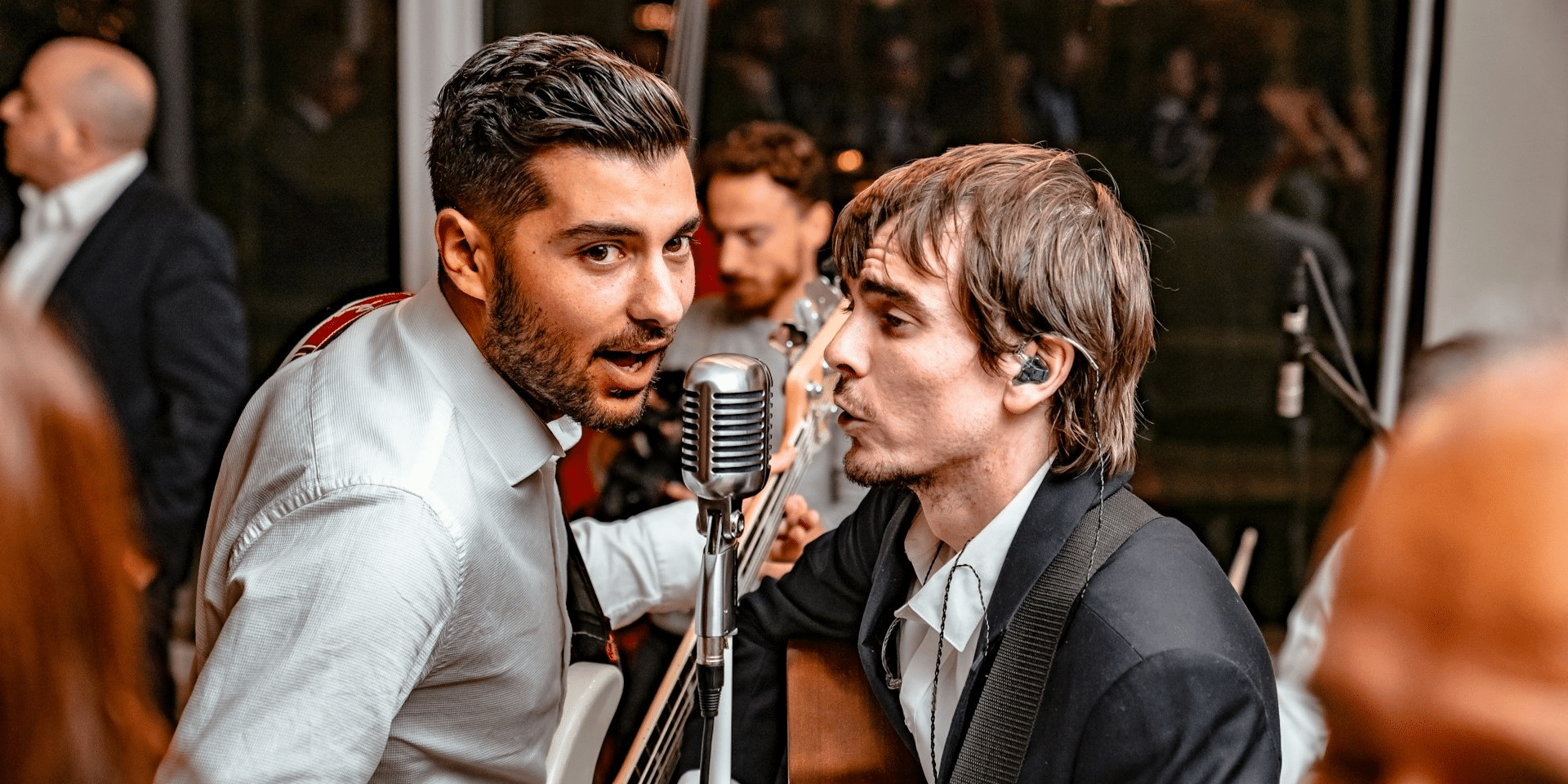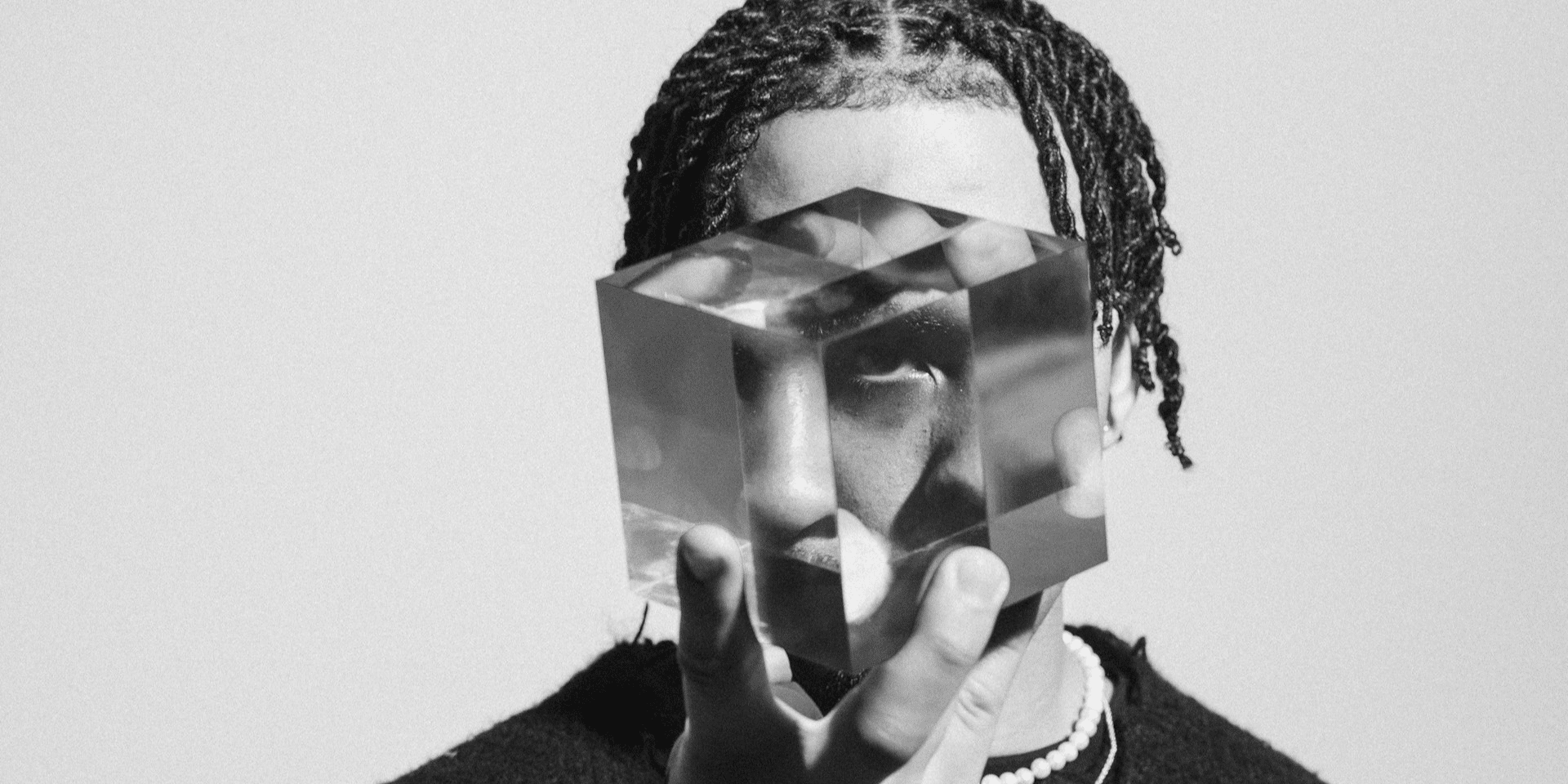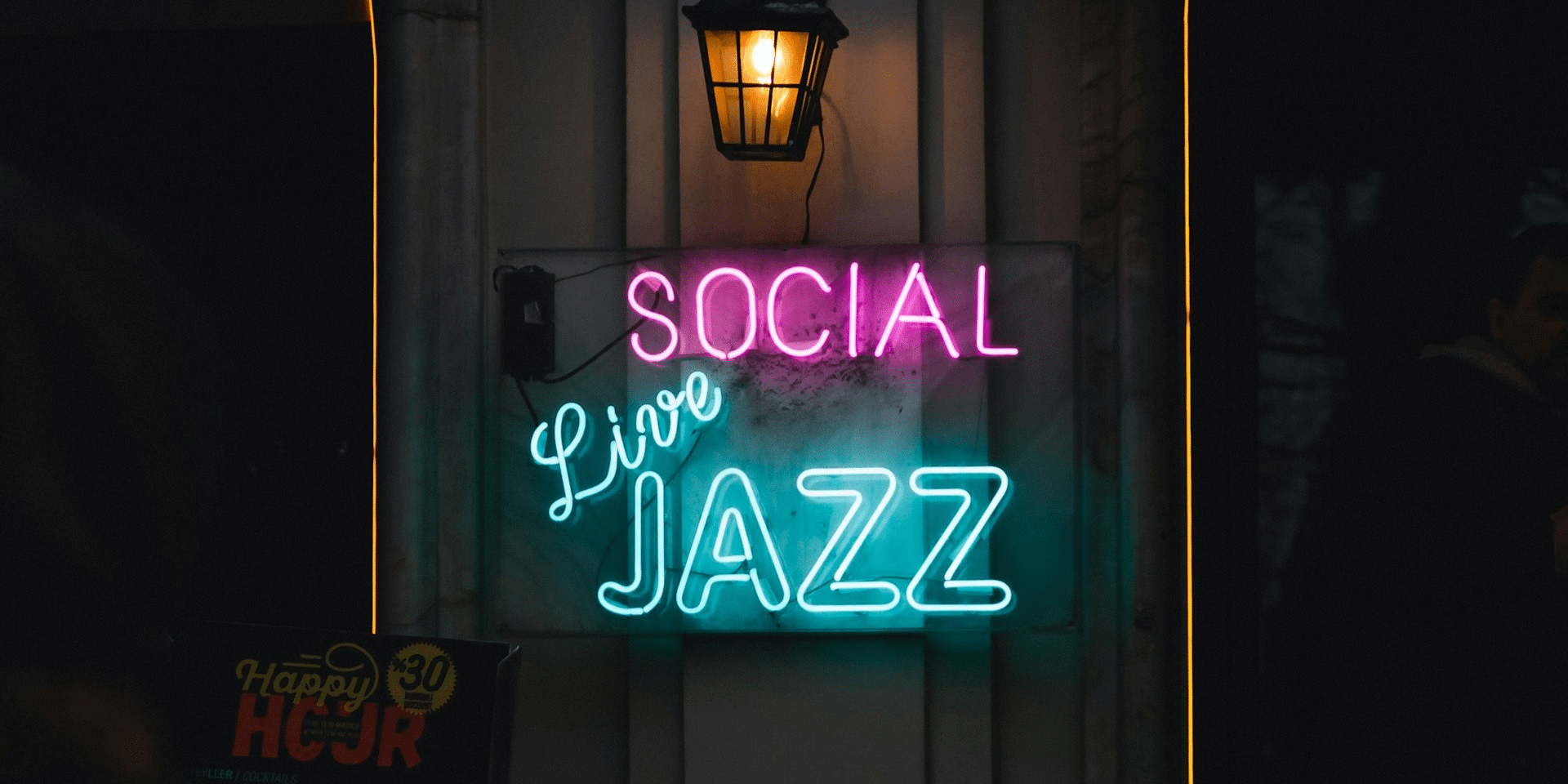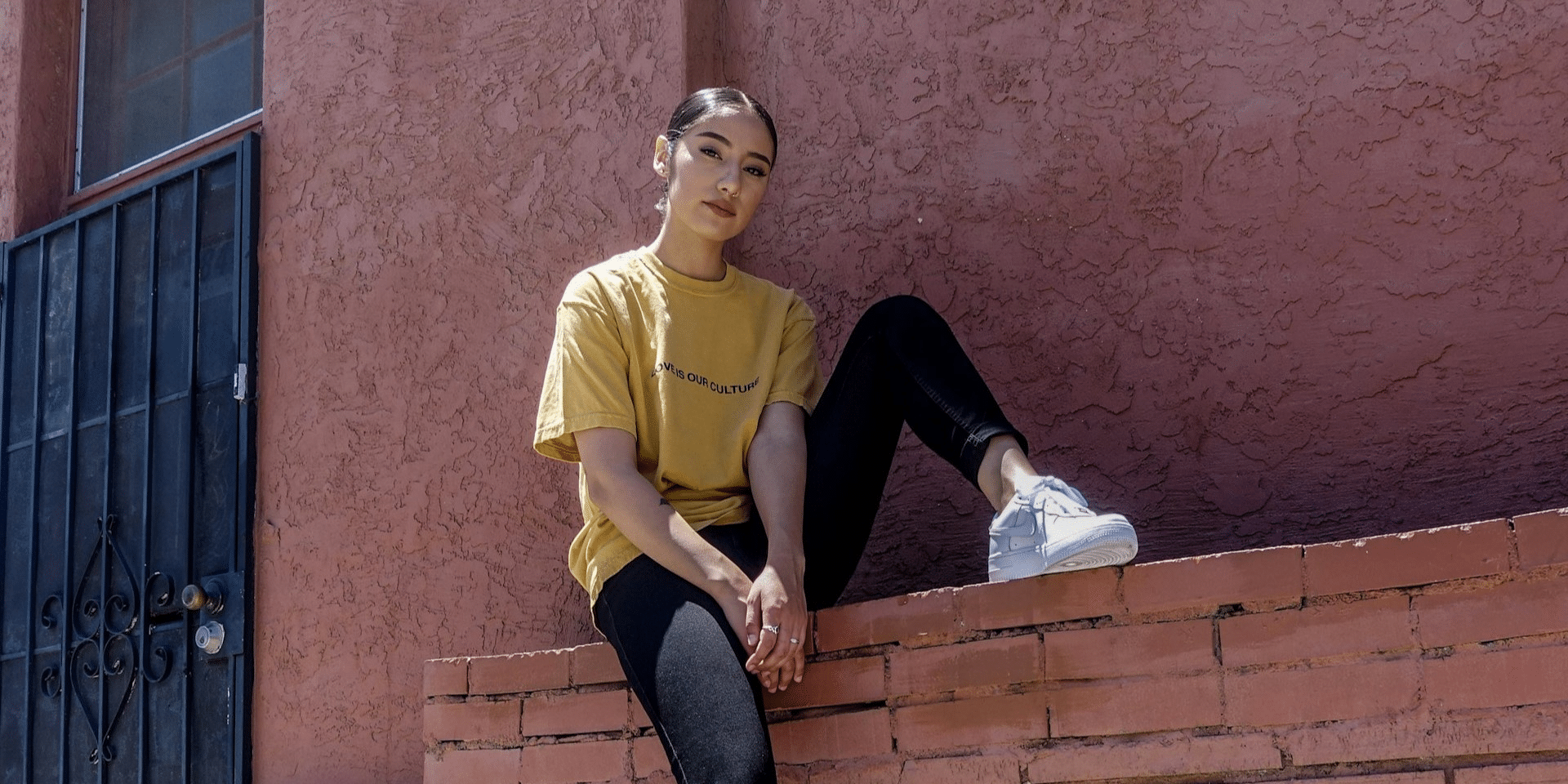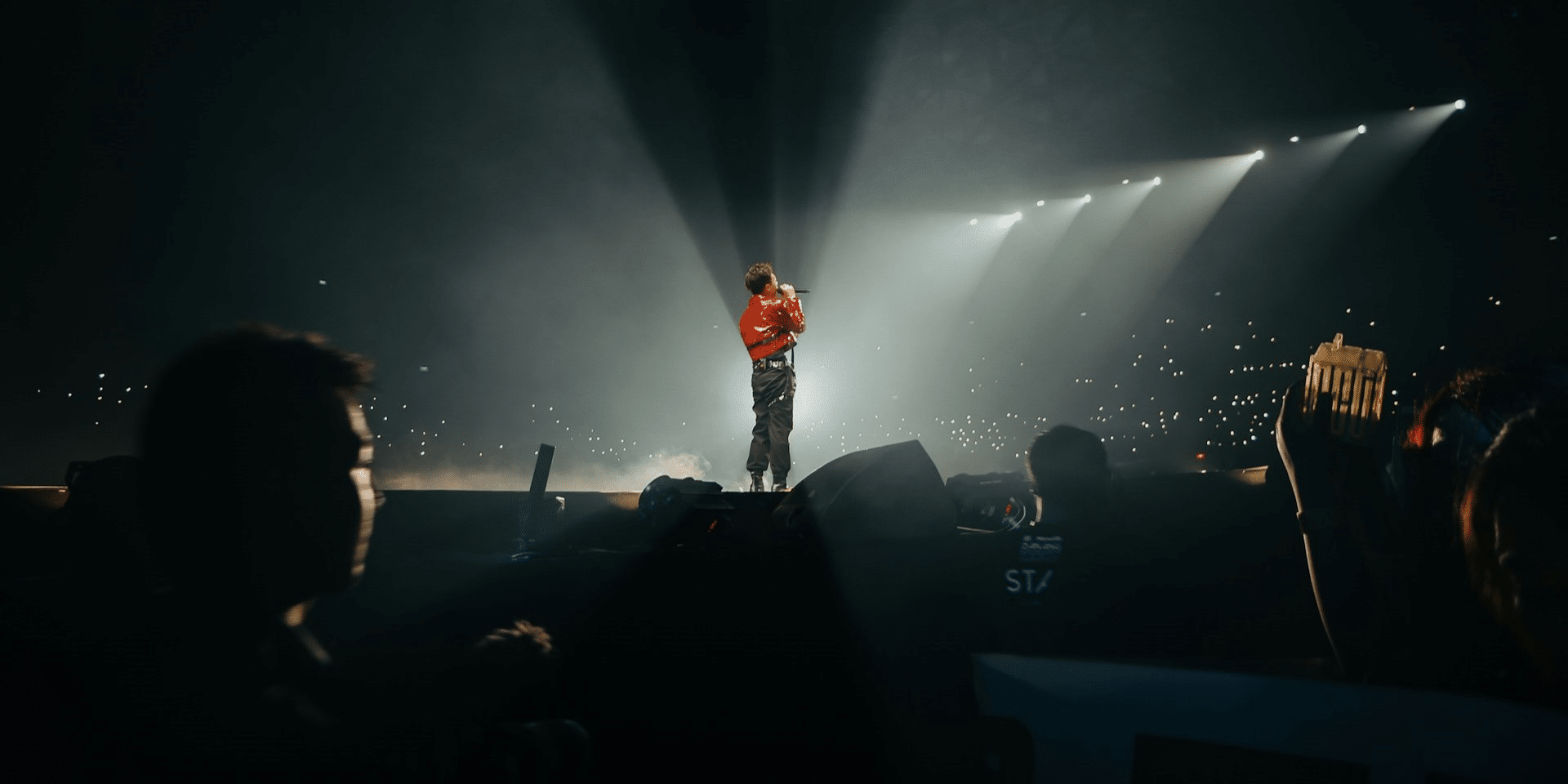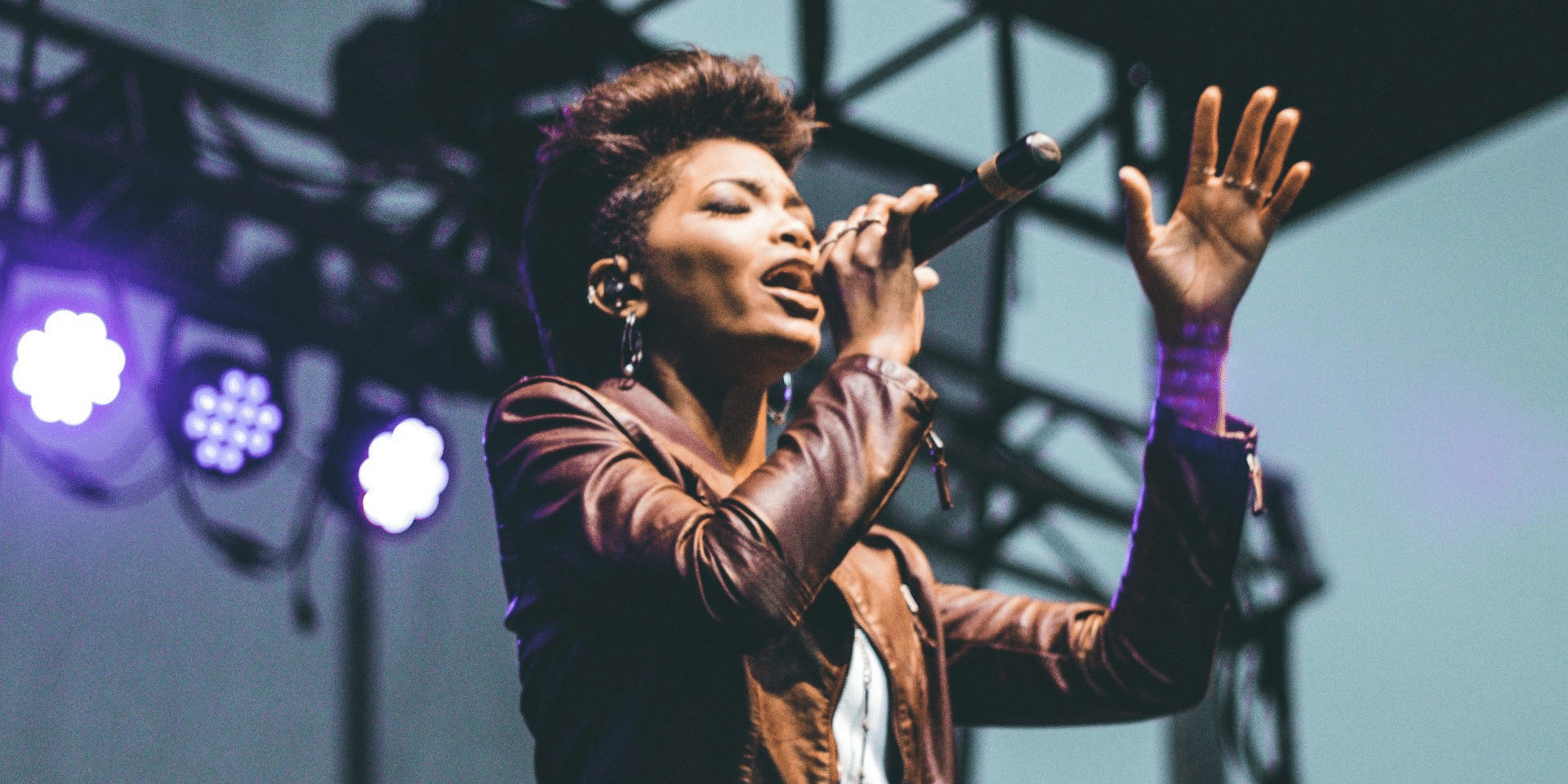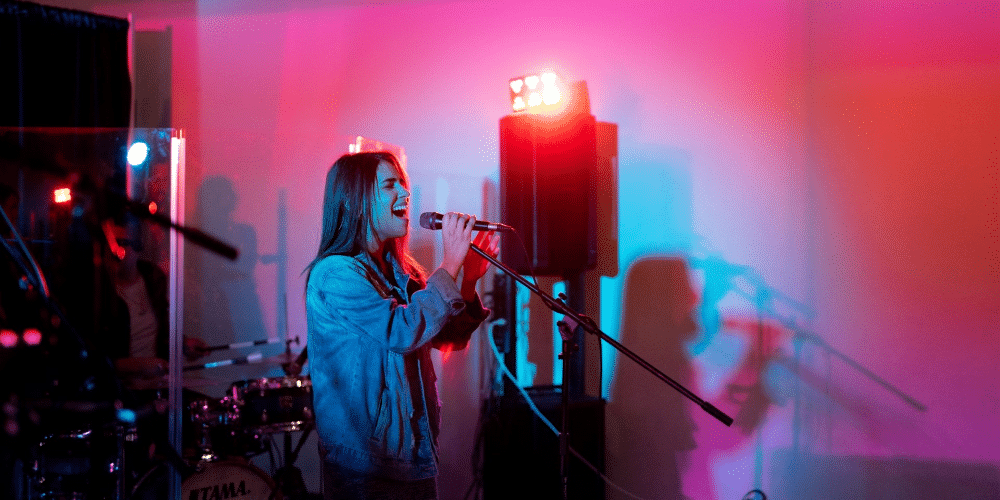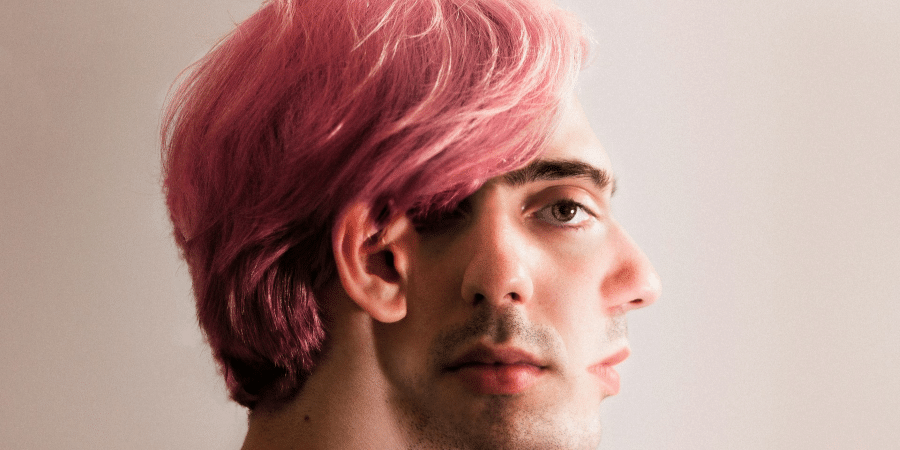When we sit down to watch a movie, TV show, or theater production, we’re often transported to different worlds and time periods through the magic of storytelling and visual effects. But there’s one often-overlooked aspect of entertainment that plays a crucial role in bringing these worlds to life: costume design. From the iconic superhero suits of Marvel’s Avengers to the elegant period costumes of “Downton Abbey,” costume designers are the unsung heroes behind some of the most memorable characters and moments in entertainment. In this article, we’ll explore the importance of costume designers in the entertainment industry, why their work matters, and how it enhances our viewing experience.
Setting the Scene
Costume designers play a pivotal role in setting the scene and establishing the mood and tone of a production. Whether it’s a gritty crime drama set in present-day New York City or a lavish period piece set in 18th-century England, the costumes worn by the characters help transport viewers to the world of the story and immerse them in its atmosphere.
By carefully selecting fabrics, colors, and styles that reflect the time period, setting, and personalities of the characters, costume designers help create a visual language that enhances the storytelling and enriches the viewing experience.
Bringing Characters to Life
One of the most important functions of costume design is to bring characters to life and help actors embody their roles more fully. Just as a costume can transform an actor into a different time period or social status, it can also provide valuable insights into the character’s personality, backstory, and motivations.
For example, the sleek black leather suit worn by Keanu Reeves in “The Matrix” not only reflects the futuristic setting of the film but also communicates the character’s cool, confident demeanor and his status as a skilled hacker and rebel. Similarly, the elaborate dresses and corsets worn by the characters in “Pride and Prejudice” help convey the social norms and class distinctions of 19th-century England and inform the audience about the characters’ societal roles and aspirations.
Enhancing Visual Storytelling
Costume design is also a powerful tool for enhancing visual storytelling and conveying information to the audience without the need for dialogue or exposition. By paying attention to the smallest details, such as accessories, hairstyles, and even footwear, costume designers can communicate subtle nuances about a character’s background, profession, and personality.
For example, in the hit TV series “Breaking Bad,” the transformation of protagonist Walter White’s wardrobe from bland, nondescript clothing to bold colors and patterns reflects his evolution from a mild-mannered chemistry teacher to a ruthless drug kingpin. Similarly, in “The Devil Wears Prada,” the designer clothes worn by Miranda Priestly communicate her status as a powerful and influential figure in the fashion industry and her uncompromising attitude towards style and perfection.
Creating Iconic Looks
Some of the most memorable moments in entertainment are defined by the costumes worn by the characters. Whether it’s Marilyn Monroe’s white dress blowing in the breeze in “The Seven Year Itch” or Audrey Hepburn’s little black dress in “Breakfast at Tiffany’s,” iconic costumes have the power to capture the imagination of audiences and become timeless symbols of style and glamor.
Costume designers play a key role in creating these iconic looks, collaborating closely with directors, actors, and production teams to bring their visions to life. From sketching initial designs to sourcing fabrics and overseeing fittings, costume designers work tirelessly behind the scenes to ensure that every detail is perfect and every costume tells a story.
Costume Designers Lay the Foundations for the Actors
In conclusion, costume designers are essential collaborators in the world of entertainment, helping to bring characters to life, enhance visual storytelling, and create iconic moments that captivate audiences for generations. Their work may often go unnoticed, but its impact is undeniable, shaping our perceptions of characters, settings, and stories in ways both subtle and profound.
So the next time you watch a movie, TV show, or theater production, take a moment to appreciate the artistry and craftsmanship of the costumes and the talented designers who bring them to life. Their contributions may be invisible to the casual viewer, but they are essential to the magic of storytelling and the immersive experience of entertainment.




